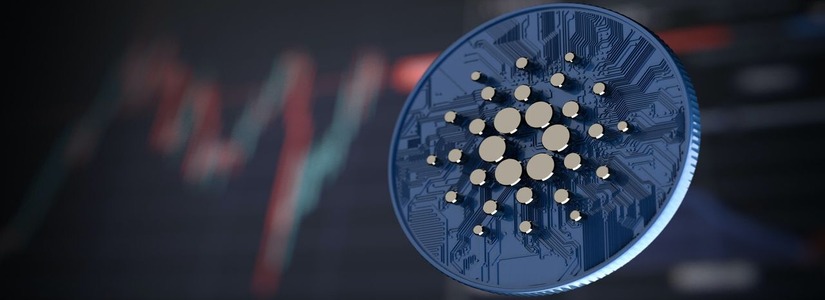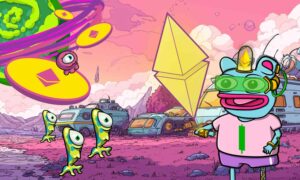Cardano (ADA) is a decentralized proof-of-stake (PoS) blockchain that was designed to be a more efficient alternative to proof-of-work (PoW) networks. The native cryptocurrency of Cardano is named Ada. This name was chosen due to Augusta Ada King, Countess of Lovelace. She is regarded as the first computer programmer in the history of humanity.
In this article, we talk about the origins of Cardano and explain its usage and specific characteristics.
What is Cardano?
Charles Hoskinson, the co-founder of Ethereum, is also the creator of Cardano. Cardano began its development in 2015 and launched the platform in 2017. It is often considered an Ethereum alternative because it is used for similar applications, most of all smart contracts. Together with that, they share a similar goal: building a connected and decentralized system.
Cardano is often considered an updated version of Ethereum and a third-generation platform, whereas Ethereum is often considered “second-generation.”
How does it work?

The Cardano platform runs on the Ouroboros consensus platform. This platform, created by Cardano itself during its foundation phase, is the first proof-of-stake protocol designed to reduce energy consumption. There is a level of energy expenditure required by proof of work mining. Ouroboros aims to eliminate the massive computing resources that the proof-of-work algorithm uses.
Cardano prices today can be quite volatile, but this is not because of the crypto itself but because of the overall nature of cryptocurrencies. They operate within a decentralized market, which can be subjected to big fluctuations that can’t be quite predicted.
The future of Cardano
Cardano is designed to be developed in distinct eras, named after notable figures in poetry and computer science history, such as Byron, Shelley, Goguen, Basho, and Voltaire. Every era has distinct goals; for example, Basho is the era of scaling and optimization, which is intended to bring more capabilities to Cardano.
It looks like the next transition will be from Basho to Voltaire, the finer era for Cardano development. It will bring voting and treasury management to the blockchain and network through previously introduced smart contract functionality, as well as system improvements.
As Voltaire is completed, the goal will be to release the blockchain and network to the community, as they will be fully decentralized, able to be developed on, and kept as secure as possible. The future of Cardano looks quite bright, even though its aim can also be defined as quite difficult to reach.
Press releases or guest posts published by Crypto Economy have sent by companies or their representatives. Crypto Economy is not part of any of these agencies, projects or platforms. At Crypto Economy we do not give investment advice and encourage our readers to do their own research.










